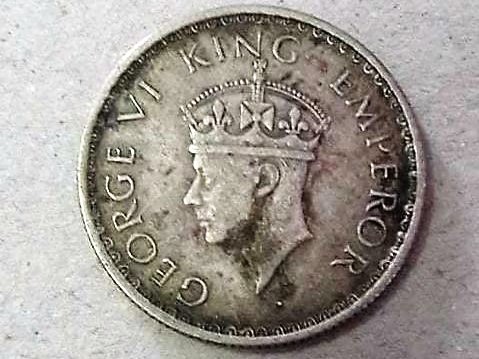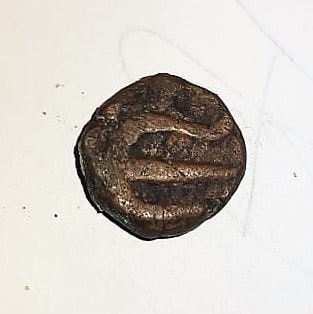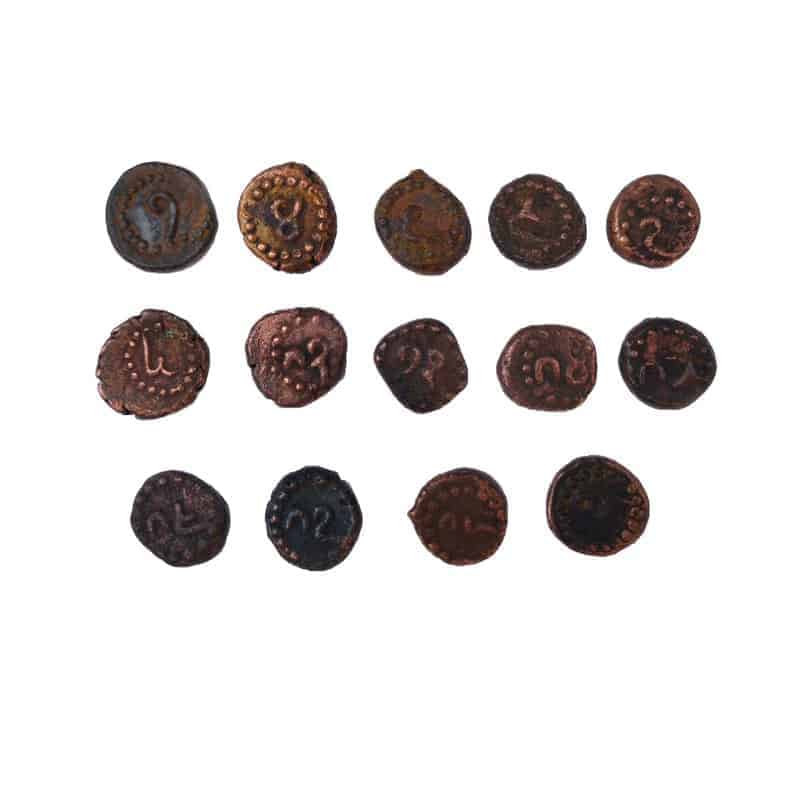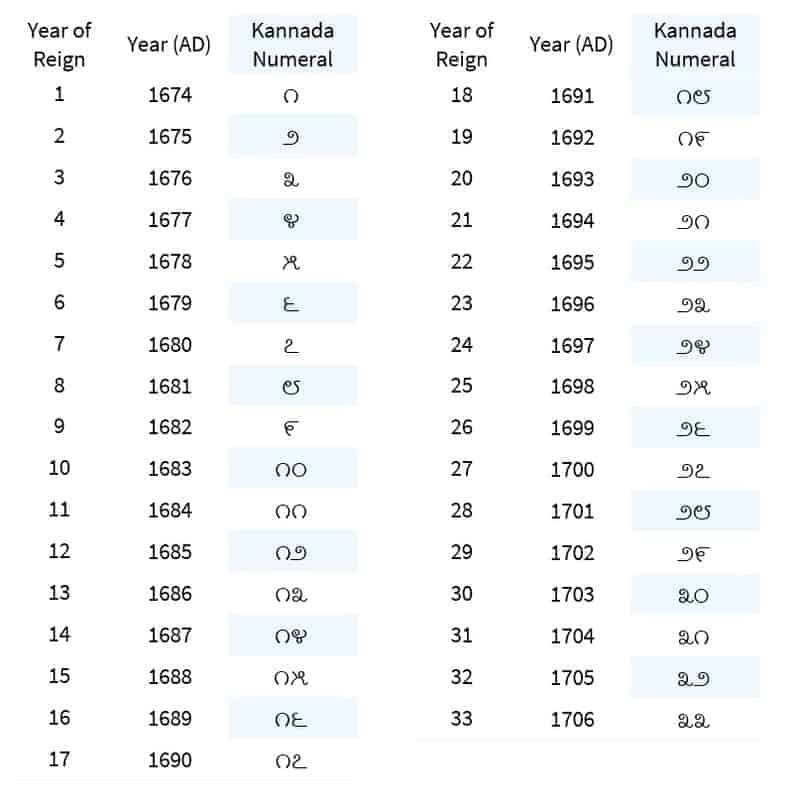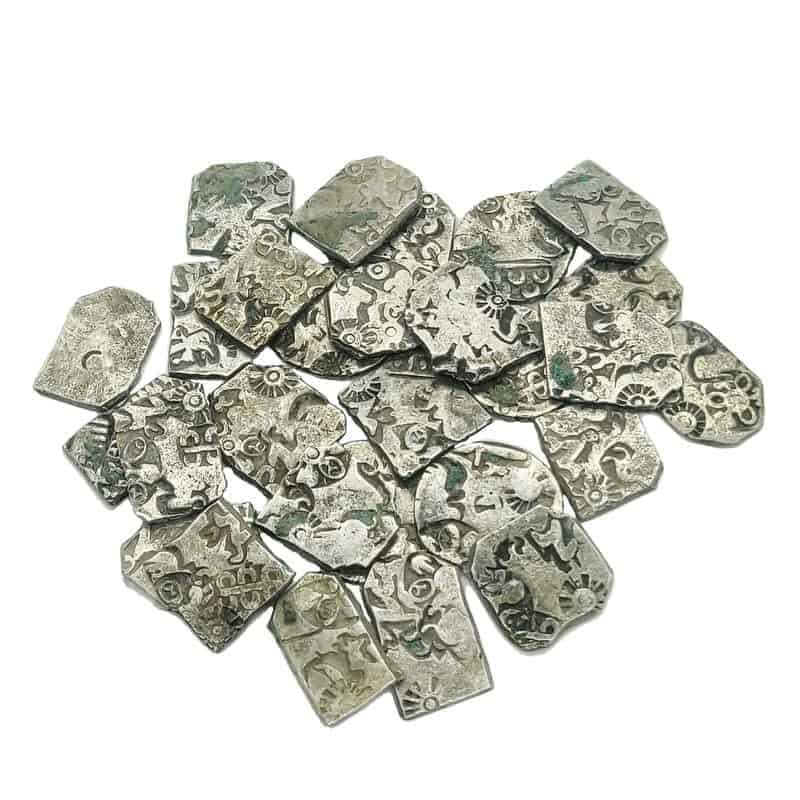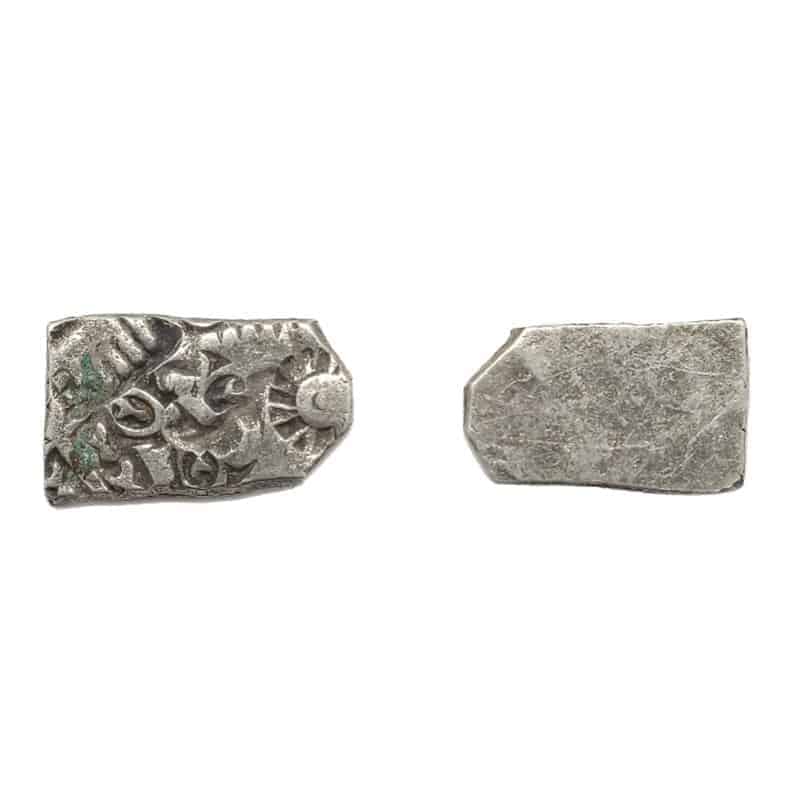
Coinage of India began somewhere between early 1st millennium BCE to the 6th century BCE, and consisted mainly of copper and silver coins in its initial stage. Ancient Indian coins were stamped bars of metal. The kingdoms that minted their own coins included Gandhara, Kuntala, Kuru, Panchala, Magadha, Shakya, Surasena and Surashtra etc.

The precise date of the first appearance of coins in India is not known, but archaeological evidence suggests that coins were already being made and used in northern India by the mid-fourth century BC. The oldest coins so far discovered in India were made of weighed pieces of silver, stamped on only one side with between one and five punches. Such coins are now known as ‘punch-marked’ coins. The earliest of these seem to be oval and stamped by four round punches with symbolic designs. The force of the punches curved the metal so that these coins are dish-shaped. Smaller examples have also been reported with one or two punches only.
Cowry shells were first used in India as commodity money. The Indus Valley Civilization may have used metals of fixed weights such as silver for trade activities which is evident from the DK area of Mohenjo Daro from the late Harappan perod (dated 1900-1800 BC or 1750 BC). Similarities have been recorded between Punch marked coin symbols with those appearing in the Indus seals. Chalcolithic unmarked gold disc discovered from Eran dating to 1000 BC was probably utilized as money in that time. Since the Bronze Age, ratti (0.11 or 0.12 gm) or the weight of the Gunja seeds have been used as a base unit for the measurement of mass in the Indus Valley civilization. There is evidence of countable units of precious metal being used for exchange from the Vedic period onwards. A term Nishka appears in this sense in the Rigveda. Later texts speak of cows given as gifts being adorned with pādas of gold.
Indian coin collection can be organized in many ways. Here’s how we see Indian coin list being organized. We will keep populating content for these to keep returning here for more information. Use this to organize your Indian coin collection.
- Mauryan Empire
- Sunga Empire
- Kingdom of Kuninda
- Indo-Greeks
- Indo-Parthian
- Indo-Sassanid
- Kushan Empire
- Western Satraps
- Nahapana
- Naga Kingdom
- Gupta Empire
- Vallabhi
- MULANANDA
- Satavahana Empire
- Vakataka
- Vishnukundina Empire
- Northern Kalachuris
- Huna
- Pratihara Empire
- Gadhiya
- Shahi
- Rajput
- Kashmir
- Gond
- Western Chalukya
- Pandyan Empire
- Cholas
- Vijayanagara Empire
- Seuna, Sevuna or Yadava dynasty
- Sivaganga (Lords)
- Kangra
- Mewar
- Cooch Bihar
- Marathas
- Durranis
- Sikhs
- Awadh
- Rohillas
- Bangash Nawabs
- Mysore
- Wodeyar
- Hyder Ali
- Tipu Sultan
- Vijayanagar
- Hoysala
- Tuluva
- Pudukottai
- Assam
- Ahmadnagar Sultanate
- Bengal Sultanate
- Bidar Sultanate
- Bijapur Sultanate
- Delhi Sultanate
- Turks Dynasty
- Khiljis Dynasty
- Tughluqs Dynasty
- Sayyids Dynasty, Lodis Dynasty
- Suris Dynasty
- Ghaznavid Sultanate
- Golkunda Sultanate
- Gujrat Sultanate
- Gulbarga Sultanate (Bahmanis of Deccan)
- Jaunpur Sultanate
- Kalpi Sultanate
- Kashmir Sultanate
- Khandesh Sultanate
- Madura Sultanate
- Malwa Sultanate
- Amirs of Sind
- Babur
- Humayun
- Akbar
- Jahangir
- Nur Jahan
- Shah Jahan
- Murad
- Aurangzeb
- Shah Alam Bahadur-I
- Jahandar Shah
- Farrukhsiyar
- Rafiuddarjat, Shah Jahan-II
- Muhammad Shah
- Ahmad Shah
- Alamgir-II
- Shah Jahan-III, Shah Alam-II
- Portuguese India
- Dutch India
- Danish India
- French India
- East India Company
- King William IV
- Queen Victoria
- King Edward VII
- King George V
- King George VI
A Princely state was a entity of British India that was not directly governed by British, but rather by an Indian ruler under a form of indirect rule. There were 565 princely states in India at the time of Independence in 1947.
- Alwar
- Arcot
- Bahawalpur
- Banswara
- Baroda
- Bharathpur
- Bhopal
- Bikaner
- Bundi
- Cambay (Khambhat)
- Gwalior
- Hyderabad
- Indore
- Jaipur
- Jhalwar
- Joara
- Jodhpur
- Junagarh
- Kutch
- Mewar
- Nawanagar
- Porbandar
- Pudokkottai
- Radhanpur
- Ratlam
- Sailana
- Tonk
- Travancore
- Indian Anna coins
- Indian Pice coins
- Indian Paisa coins
- Indian Rupee coins
While our blog only provides basic information about the coinage, a serious collector needs more substantive work of research. Checkout these publications that provide you with deeper insights into the coinage of India and rich information about coins of that era.
-
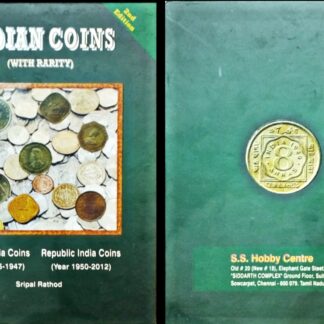
Indian Coins Book – 2nd Edition – With Rarity – British & Republic India Coins – Heavy Sale
Sale! Original price was: ₹500.00.₹199.00Current price is: ₹199.00. incl. GST Buy NowAdd to cart -
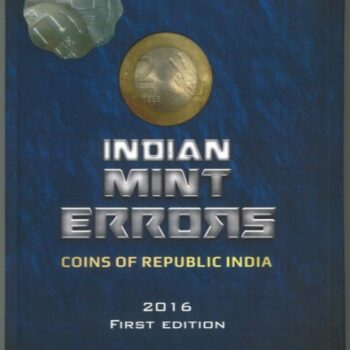
Indian Mint Errors Coin Book
Sale! Original price was: ₹950.00.₹750.00Current price is: ₹750.00. incl. GST Buy NowAdd to cart -
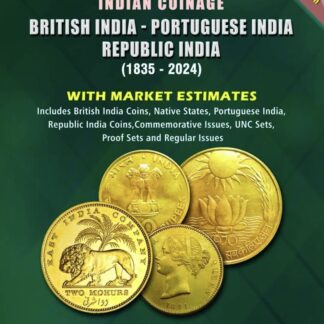
Indian Coinage 2024
₹1,100.00 incl. GST Buy NowAdd to cart -
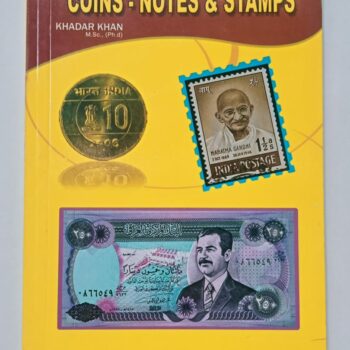
Make easy collection of Coins, Notes & Stamps – 2010 – Book
₹150.00 incl. GST Buy NowAdd to cart -
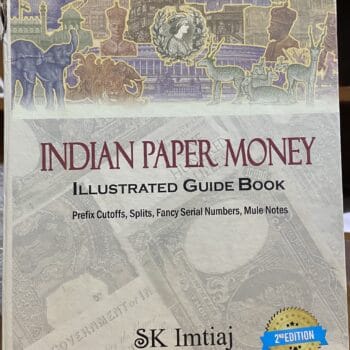
Book on Indian Paper Money by Sh. S. K. Imtiaj
₹1,981.00 incl. GST Buy NowAdd to cart -

Danish East India – Trade Coins and the Coins of Tranquebar 1620 – 1845 – Book
₹400.00 incl. GST Buy NowAdd to cart



